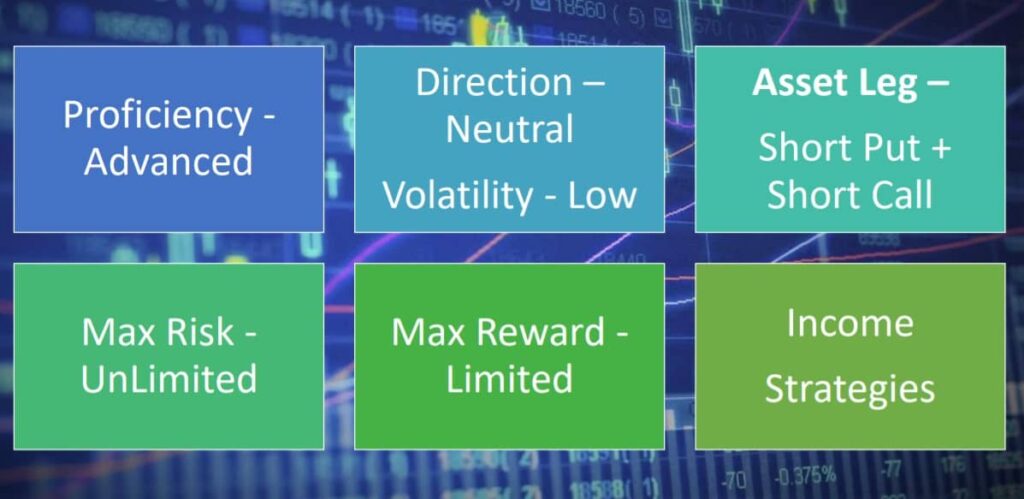
Menu



Outlook
Rationale
Net Position
Effect of Time Decay
Breakeven Down = [Lower Strike – Net Credit]
Breakeven Up = [Higher Strike + Net Credit]
Steps In
Steps Out
Exiting the Position
Mitigating a Loss
Advantages
Disadvantages
Share this Content
© 2021 All rights reserved
Ask Your Query